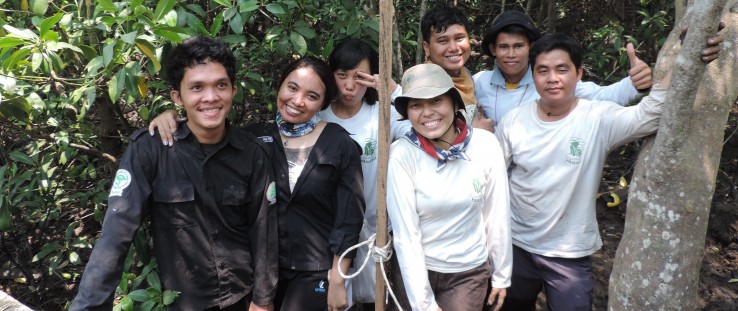 Yagasu researchers and college students collaborate on carbon and mangrove research in Tanjung Rejo district, North Sumatra, Indonesia.
Tony Djogo, USAID
Yagasu researchers and college students collaborate on carbon and mangrove research in Tanjung Rejo district, North Sumatra, Indonesia.
Tony Djogo, USAID
 Yagasu researchers and college students collaborate on carbon and mangrove research in Tanjung Rejo district, North Sumatra, Indonesia.
Tony Djogo, USAID
Yagasu researchers and college students collaborate on carbon and mangrove research in Tanjung Rejo district, North Sumatra, Indonesia.
Tony Djogo, USAID
Speeches Shim
Rusli, who goes by one name, is a fisherman in Paluh Kurau in Langkat, North Sumatra, Indonesia. Over the course of 30 years, he watched fish, shrimp and softshell crabs disappear. He realized that the decrease in catch occurred the same time as the loss of mangrove trees.
Many villagers saw the trees as a nuisance; some villagers cut down mangroves for firewood while others logged them illegally. The disappearance of mangroves contributed to coastal erosion and loss of habitat for key marine species. The mangrove forests on the east coast of North Sumatra are important to eight species of mammals, 80 species of birds, 16 species of amphibians and reptiles, 29 species of fish, 12 species of crustacea and 32 species of molluscs.
In 2012, USAID and Yayasan Gajah Sumatera (Yagasu), an Indonesian NGO based in Medan, worked with Rusli and his fellow fishermen to lead a community-based mangrove forest restoration effort. Yagasu then teamed up with local researchers to examine ways coastal communities can benefit from mangroves.
“I realized the impact of losing the mangrove ecosystem on our daily lives, so I mobilized my local community to work together to replant mangroves,” said Rusli.
At first it was very difficult to get community buy-in and convince villagers not to cut down mangrove trees. Rusli and representatives from Yagasu attended many village meetings and made a strong case that mangroves could benefit the whole community. Over the course of three years, they introduced the coastal communities to new fishing techniques and more sustainable—yet profitable—uses for the mangrove forests.
From Fishing to Fashion to Flour
Mangrove forests are crucial for maintaining an abundance of fish and marine life. They provide an ideal habitat for hatchlings, offering both protection and nutrition. Through mangrove restoration efforts and by introducing sustainable techniques such as organic farming for shrimp and softshell crabs, the 25,000 hectares of protected mangrove forests, with an estimated length of 72 kilometers, contributed to a more than 27 percent increase in fish production over the course of three years.
The restored ecosystem supported non-stop production of 7 to 12 tons of crab, 3 to 5 tons of shrimp and 500 to 700 tons of fish per week. Villagers sold more fish, crab and shrimp and had more opportunities to market the seafood.
Experts with the University of Medan (UNIMED) demonstrated that various parts of mangroves such as bark, branches, leaves or roots can be used to produce natural coloring for fabrics.
A community of women from Tanjung Rejo and neighboring villages led by Hamidah, who also goes by one name, began using the natural coloring to produce batik fabric as well as dresses and shirts. Batik is a design technique responsible for the richly colored and patterned clothing that is often worn by Indonesians.
Yagasu and USAID helped these women form a business and trained them in management, design technique and quality control. Once the business was formed and the product quality improved, Yagasu, through their partnership with the Livelihoods Fund, brought the women to an international exhibition in Paris. Buyers for Hermes noticed their colorful designs and signed a deal with the group to supply high-quality mangrove-colored fabrics.
UNIMED also found that the fruits from mangrove trees can be processed into flour for cookies, biscuits and crackers. Another group of people from these communities was then trained in technical production, management skills, hygiene issues, licensing, packaging, branding and marketing. They learned how to process the products, and package and sell them to community members and cake shops.
“In January 2014, I participated in a training on how to make organic batik and process food using parts of a mangrove tree,” said Hamidah, a 37-year-old housewife who lives in Tanjung Rejo. “I also participated in advanced trainings to develop my small business enterprise management skills. I am very happy now because I can support my family. I am proud that, not only am I a business woman now, I am also a trainer, and I can share my knowledge with others.”
Moving Toward Sustainability
With the mangrove forests on the mend, the community is counting its efforts as both an environmental and economic victory. Villagers bequeathed over 400 hectares of privately owned land to the community to restore degraded mangroves and to protect 25,000 hectares of existing mangroves along the same coastline. From 2009 to 2016, the income for local families has increased by 57 percent, from $128 to $212 per family per month.
“Conservation is tied to livelihoods,” said USAID/Indonesia Mission Director Erin McKee. “When nature is threatened, people can lose more than just trees; they can lose income and security. USAID is proud to support the work of local researchers and NGOs who are committed to protecting important mangrove ecosystems that are home to diverse marine life and also a source of income for local communities.”
As a result of Rusli’s work with Yagasu and USAID, Indonesia President Susilo Bambang Yudhoyono invited him to Jakarta in 2014 to receive the Kalpataru prize for leading a movement toward sustainability.
“I never thought my hard work would be recognized by this very prestigious award,” said Rusli. “This award has motivated me to do more and more mangrove restoration and protection.”


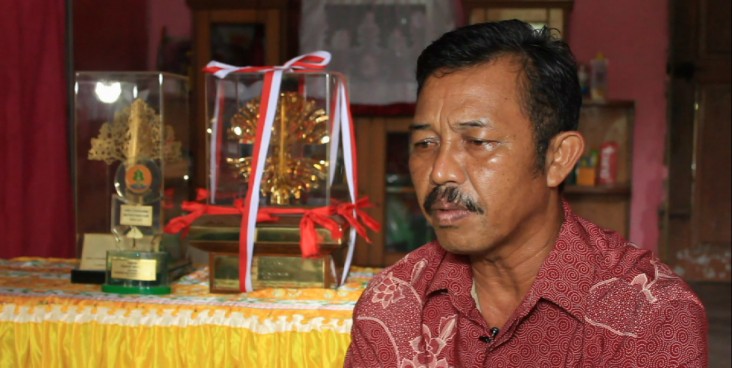
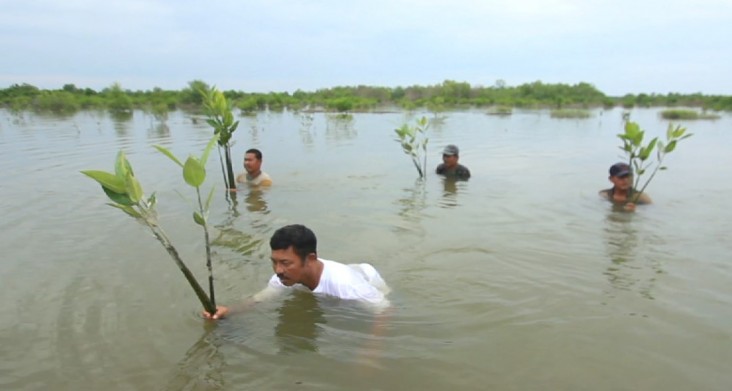
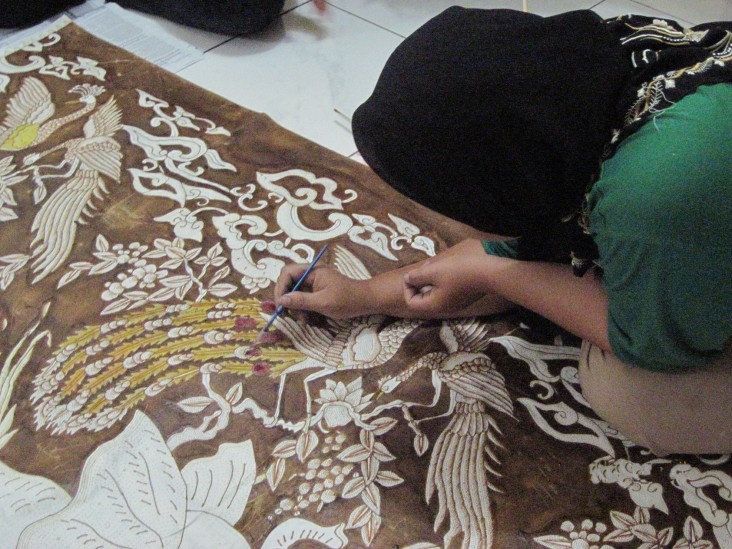
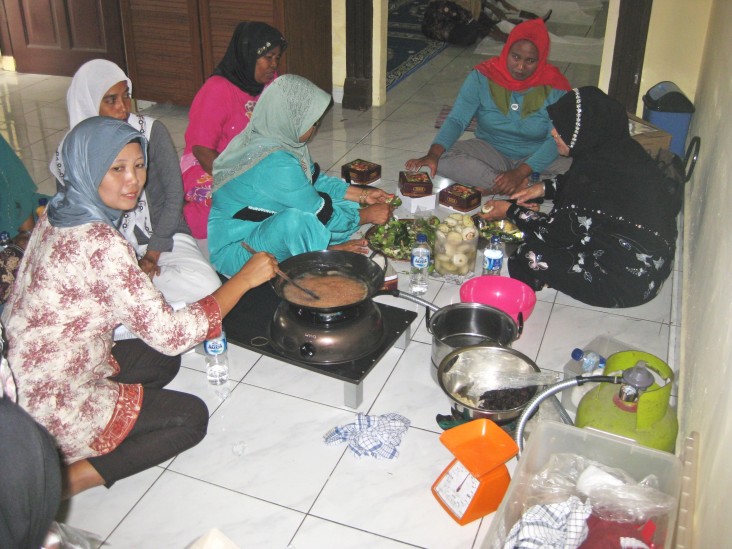
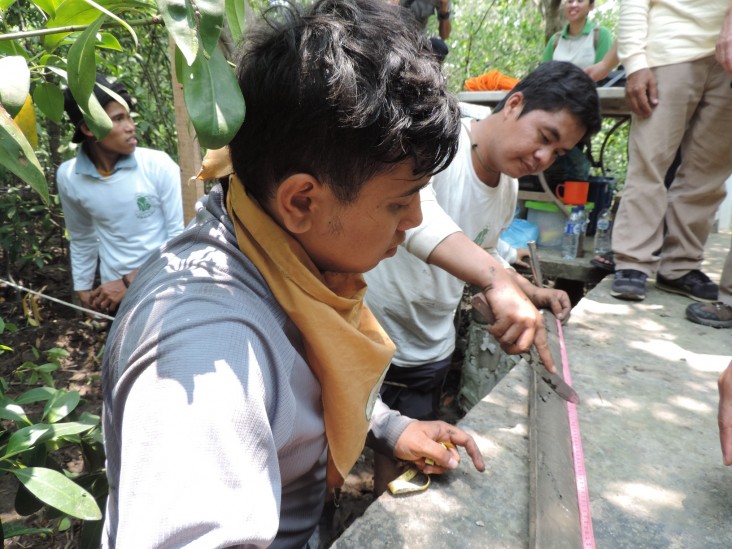
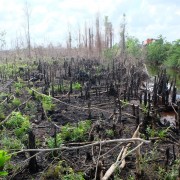
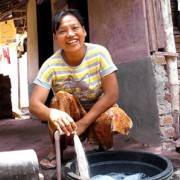
Comment
Make a general inquiry or suggest an improvement.